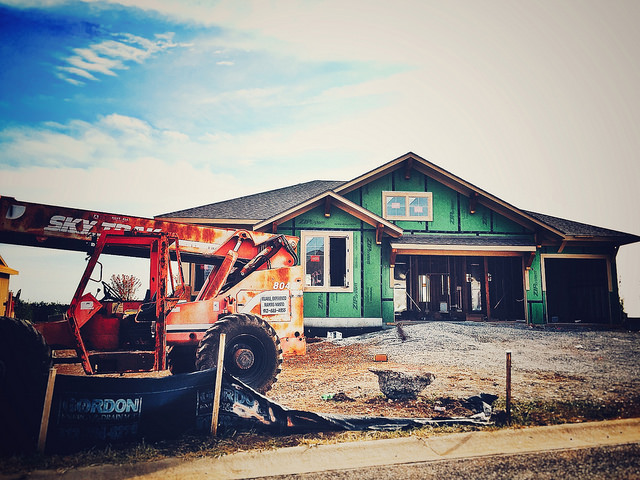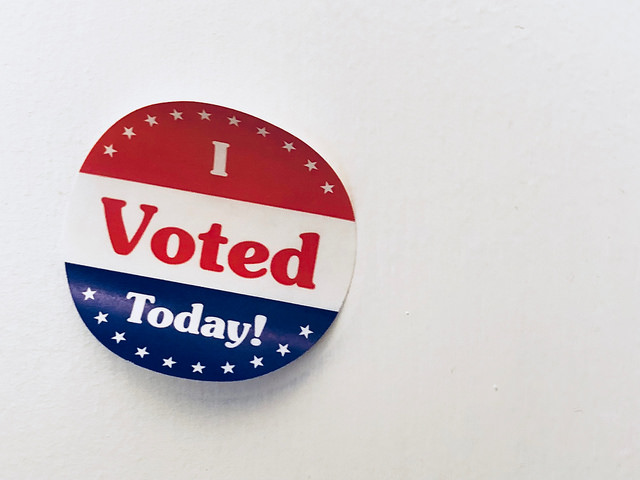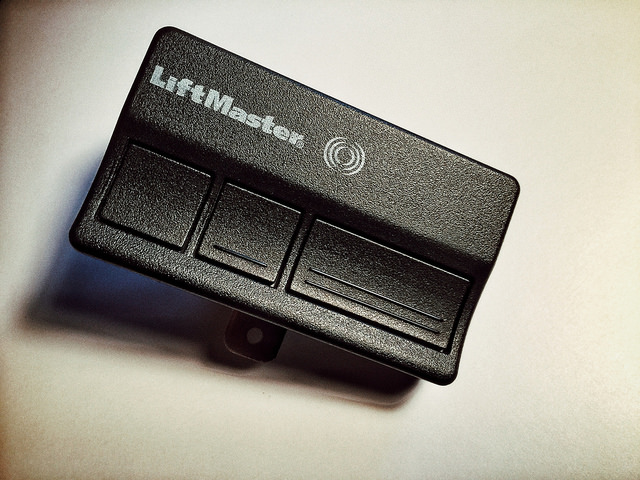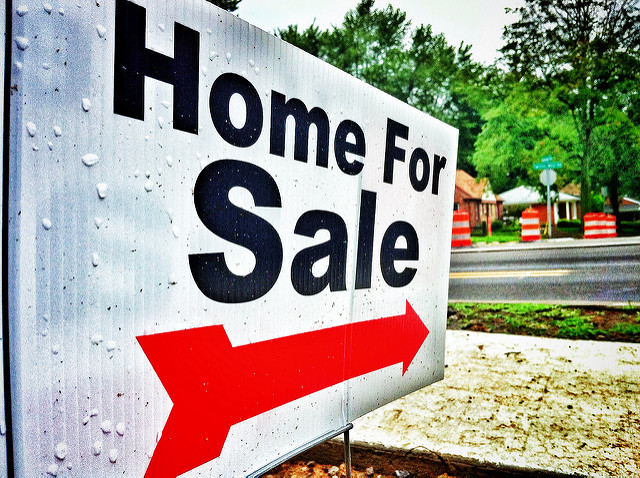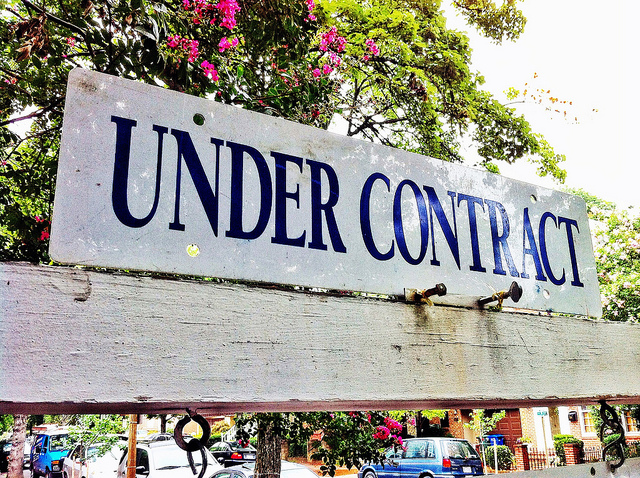If you’re considering becoming a buyer in today’s housing market, you’re likely wondering what’s happening with home prices. Well, the primary factor driving values upward is a lack of available homes for sale. Simply put, there are more buyers than homes in many markets. This, of course, means home sellers can get a higher price for their house but it also means buyers can expect competition for the best available properties. So will this dynamic ever change? Well, one good indicator of where home prices are heading is new home construction. If new homes are being added to the stock of homes for sale, home prices will begin to moderate. That’s why the National Association of Home Builders tracks builder confidence each month. If builders are optimistic about the market for new homes, they will build more, which will help boost inventory. According to the most recent results of the NAHB’s Housing Market Index, there is reason for encouragement. That’s because, builder confidence rose in May and is now at 70 on a scale where any number above 50 indicates more builders view conditions as good than poor. In short, home builders are feeling positive about their prospects, which could mean a more balanced market. More here.
